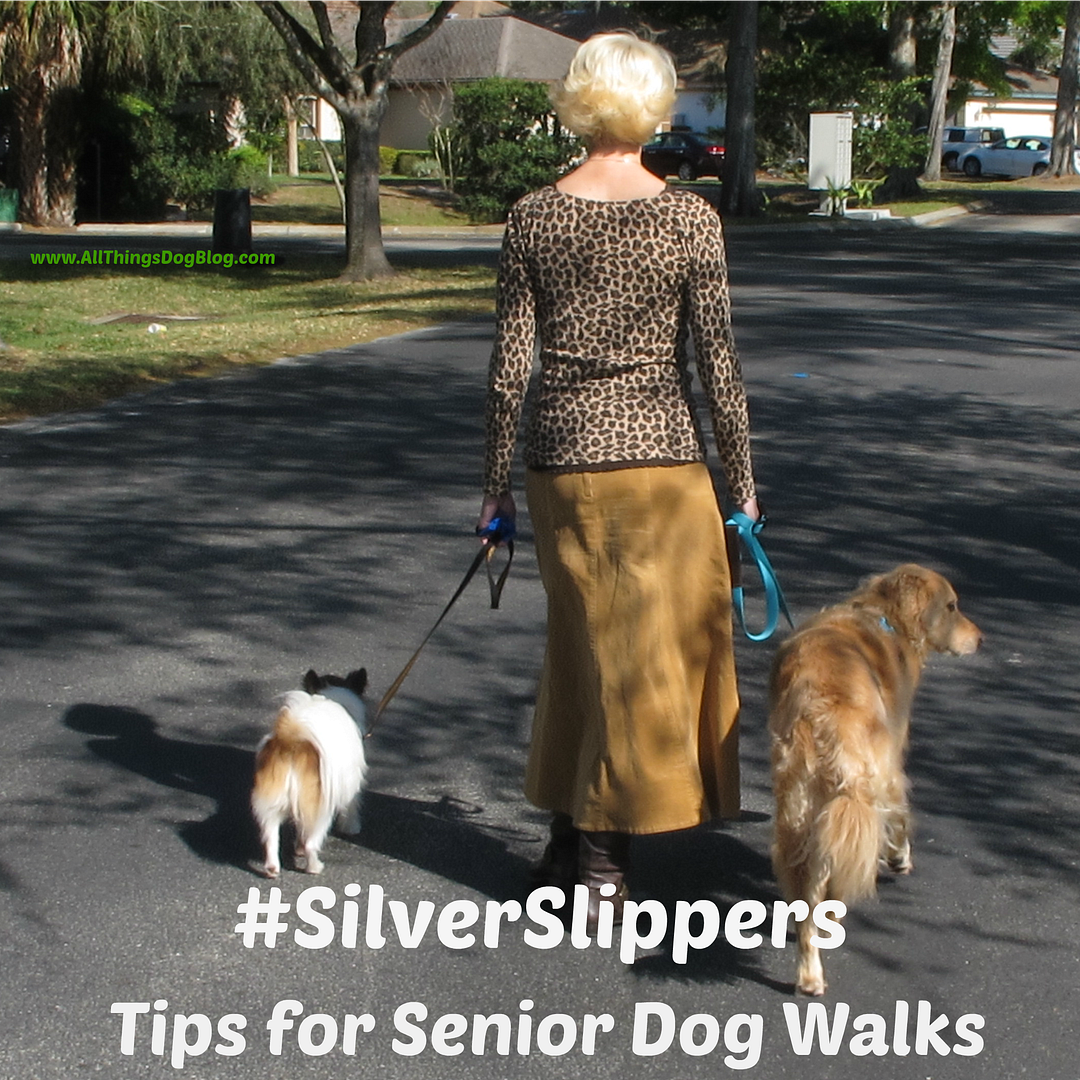 |
| courtesy ToeGrips.com Nail Care the Right Way |
This month we veer off into
unconventional territory in the discussion of canine longevity: dog nail
care.
“How can
my dog’s
toenails affect his life?” you ask with a healthy dose
of skepticism.
This blog post will answer that
question and hopefully convince you that frequent, appropriate nail trims are
one of the best gifts you can give your dog!
As a general rule, our domestic
dogs’ toenails are entirely too long. In their natural environment, dogs run, dig
and climb. These activities wear down the
nails and keep them short. In contrast,
our canine companions live on fancy hard flooring, lounge around on the
furniture, and get brief leash walks for exercise. This lifestyle sets up for obesity,
behavioral problems, and long toenails.
Long nails are not merely a
cosmetic concern. In truth, long toenails
change the way a dog’s toes interface with the ground—impacting gait and
posture. Dogs’ toes contain an abundance of
proprioceptive receptors. These
receptors feed information to the central nervous system about the body’s spatial position with respect to the ground and
gravity. Long nails cause skewed input to be sent to the brain. The brain makes adjustments accordingly. The result is a dog who stands with chronic
bad posture.
More specifically, a dog with
long toenails won’t stand with his legs perpendicular to the
ground. Rather, he will compensate by
adopting the “goat on
a rock” stance, where his front legs are “behind” perpendicular
and the hind limbs must shift forward under him to prevent him from tipping
forward. A lifetime of standing in this
position causes chronic stress on the system and predisposes to injury.
On top of that, this dog will
move with an altered gait. Walking with
long toenails can be likened to walking in oversized clown shoes. When presented with a new patient, after
taking the history, I generally begin with an effective (and pain-free) toenail
trim because it will instantly change the dog’s gait and stance. Then, when I gait the dog to evaluate for
lameness and body mechanics, I can focus on deeper issues, not compensatory
problems from long toenails.
The moral of this post is that
nail care is drastically undervalued. It’s a surprising confession,
but I’ve
concluded that a simple pedicure is one of the most valuable changes I make for
my patients, and a nail trimming tutorial is one of the most valuable gifts I
give my clients. A ten-minute,
short-nail makeover is the fastest, least expensive way I know to help a dog
stand and walk better instantly.
Just like humans, there is
individual variation on how fast nails grow, but most grow fairly quickly. I trim my own dog’s nails
every 1-2 weeks, and recommend a maximum interval of 4 weeks for my patients.
Need some tips? Here's a video created by Dr. Julie to educate dog owners about proper nail care:

Dr. Julie Buzby is a homeschooling mom of seven, American Veterinary Chiropractic Association and International Veterinary Acupuncture Society certified holistic veterinarian, and passionate advocate for canine mobility.In her free time she serves on the Advisory Board for The Grey Muzzle Organization. She can be found at Twitter @DrBuzby and on Facebook.com/ToeGrips. You'll also find more of Dr. Julie's posts at our Ask the Vet Archives page.
Here are a few of her articles that may be of interest:
Dr. Julie's opinion or advice does not replace an actual exam with a veterinarian.







































0 comments:
Post a Comment